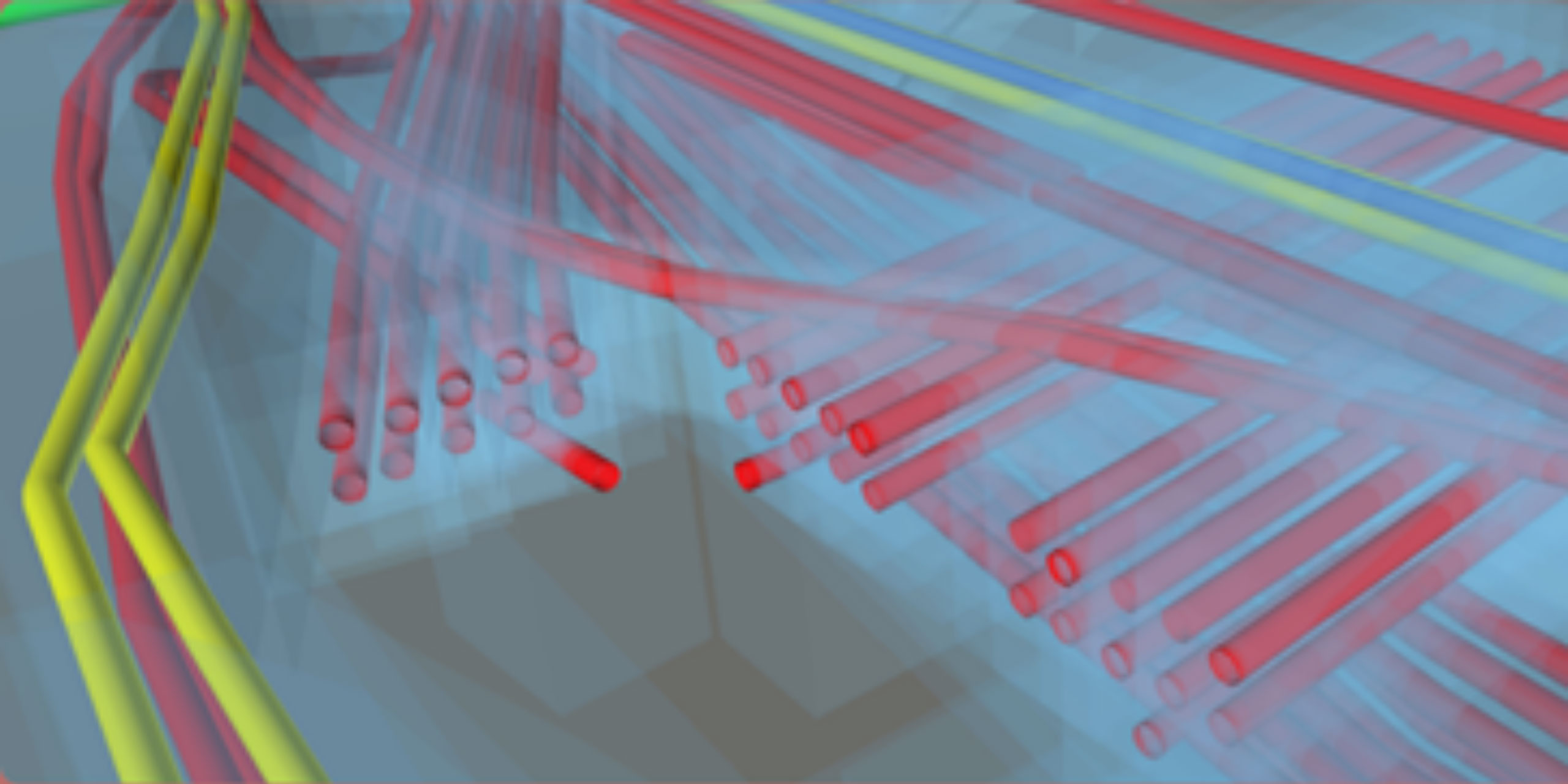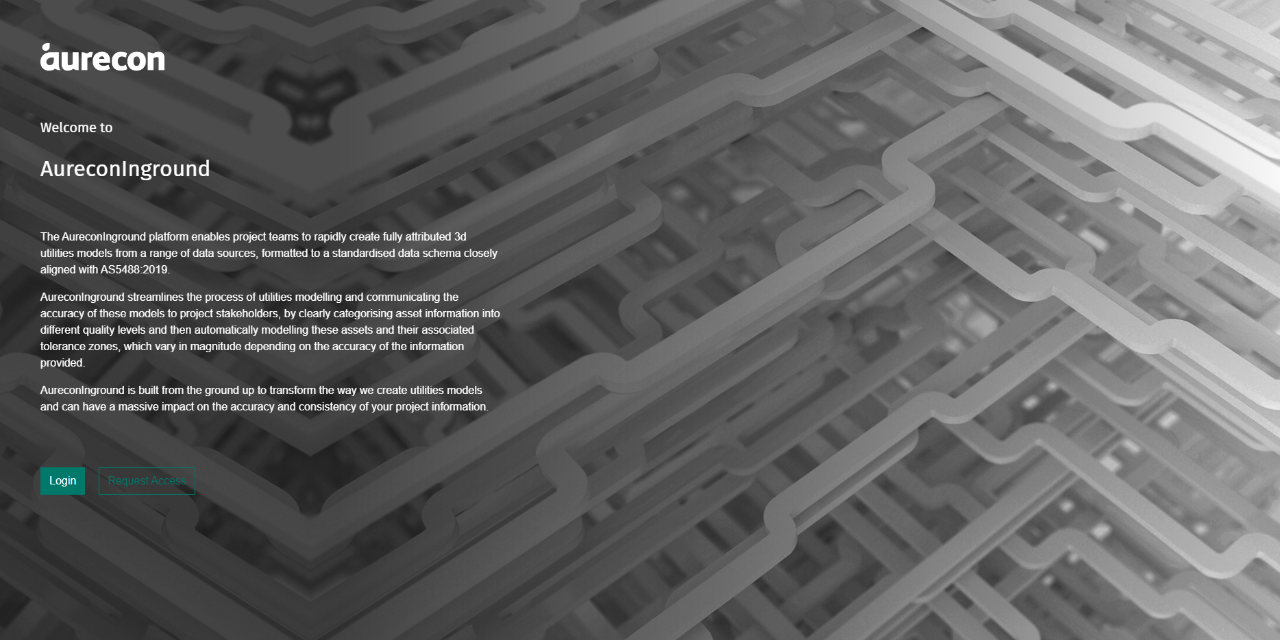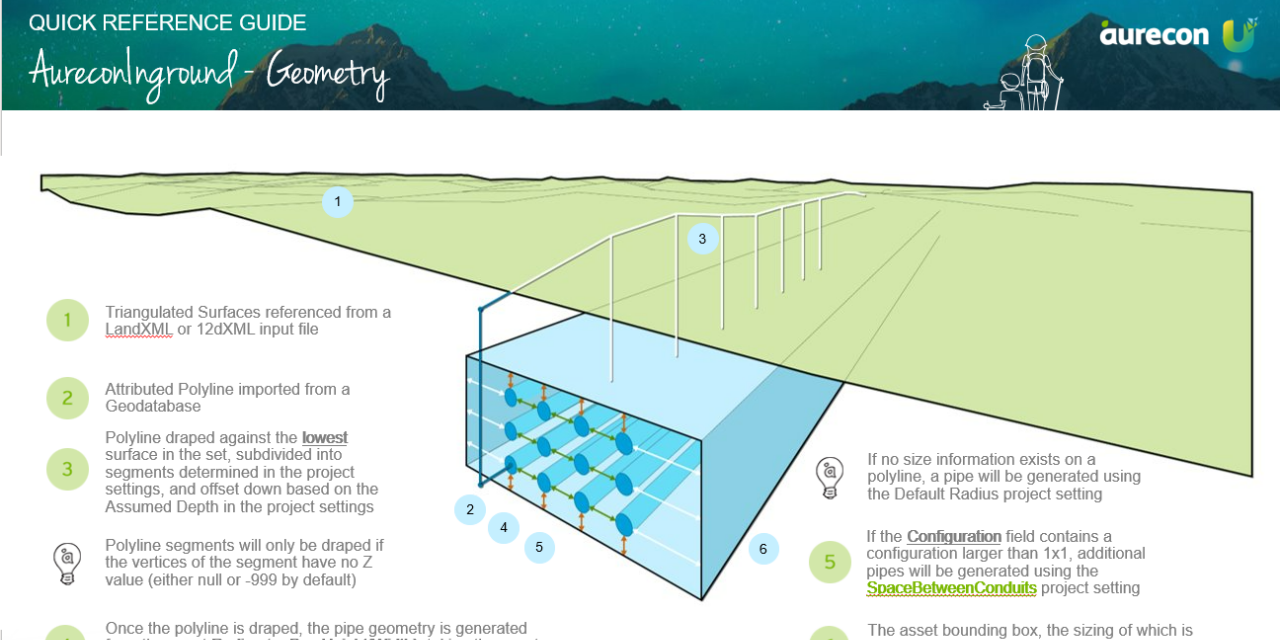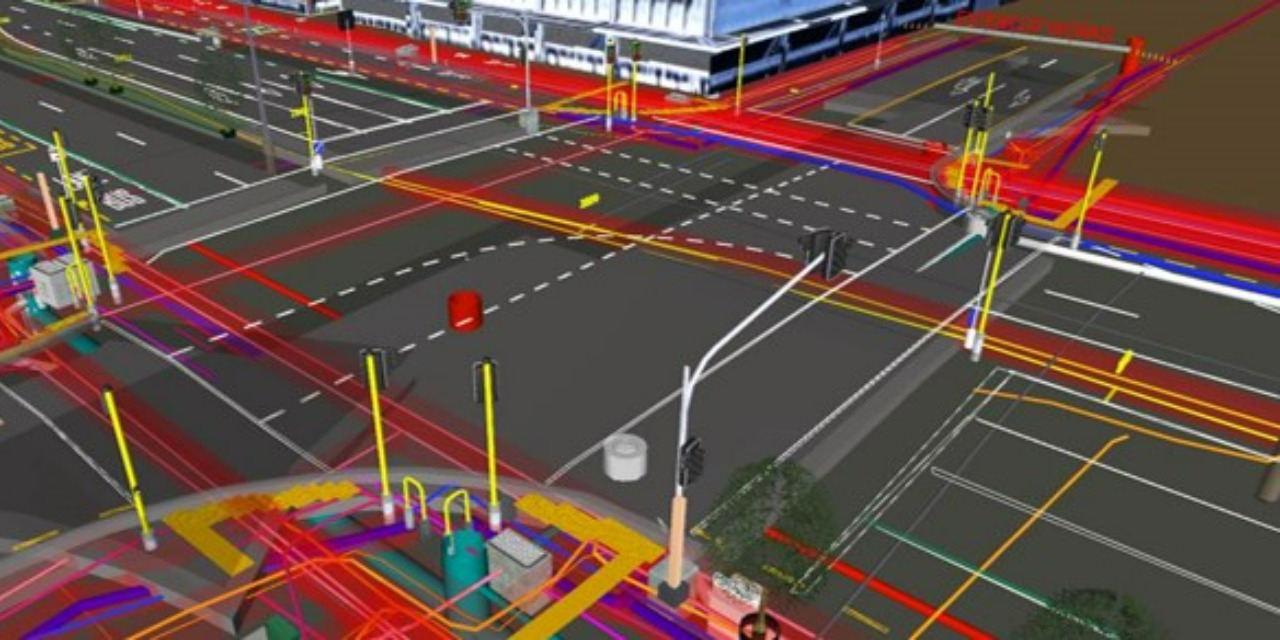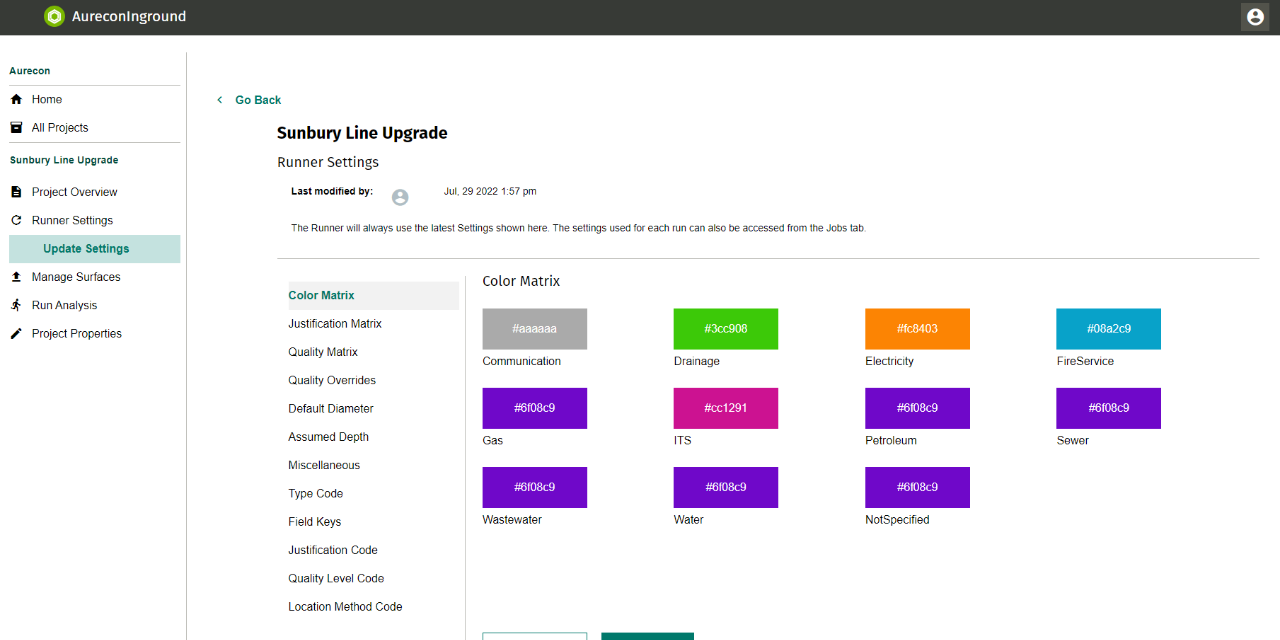Aurecon’s Computational Design (CoDe) team worked with utilities experts on the design of this service over multiple phases. As a first line, CoDe team members embedded in the project teams delivering major transport infrastructure across Victoria. Several related but bespoke tools and workflows were prototyped for individual projects and needs. With proven value and insights delivered through these prototypes, a brief for a robust application was developed, with leadership from utilities experts. We then developed the final application, using a core software methodology with iterative testing and feedback from key stakeholders.
The tool was conceived to solve the specific but recurring issue in transportation design of existing utility locations. Existing utilities pose potentially high risk to design and construction – hitting hidden utilities can result in utility damage (e.g., burst water main), project delays, community disruption, and millions of dollars cost to the project. However, through implementation, it became obvious the tool was applicable to other markets such as land development and water, exceeding the original goal of the design brief.
Furthermore, it was evident the increased reliability from standardised data has multiple applications in construction set-out and subsequently in reducing site investigations through operation. The tooling and data-standard was implemented as a simple web-based application. Secured by a standard authentication service (Microsoft AD), users can log in to access and upload key data, and rapidly generate model outputs as they are needed. Across the first quarter of its implementation, the application has been used on over 60 projects across the business. Uptake is continually supported by on-demand training, reference guides, and a network of product champions.

